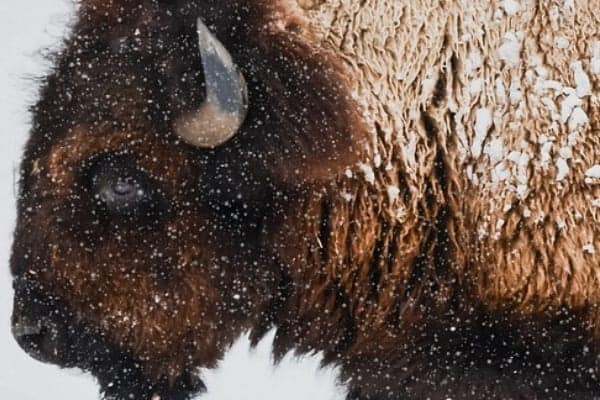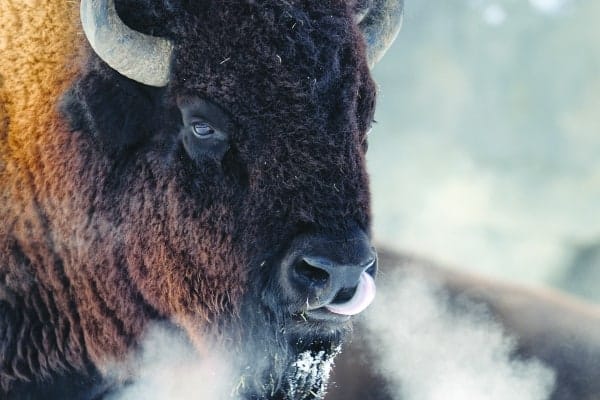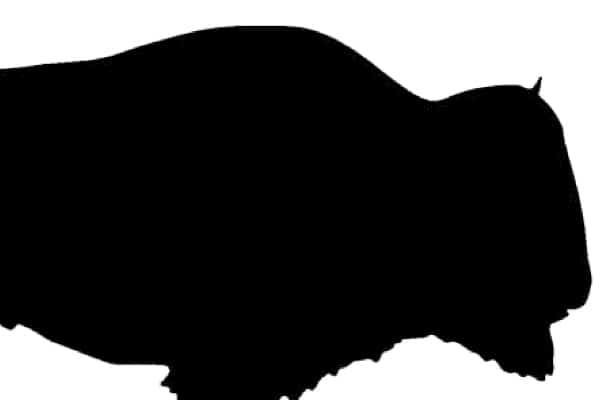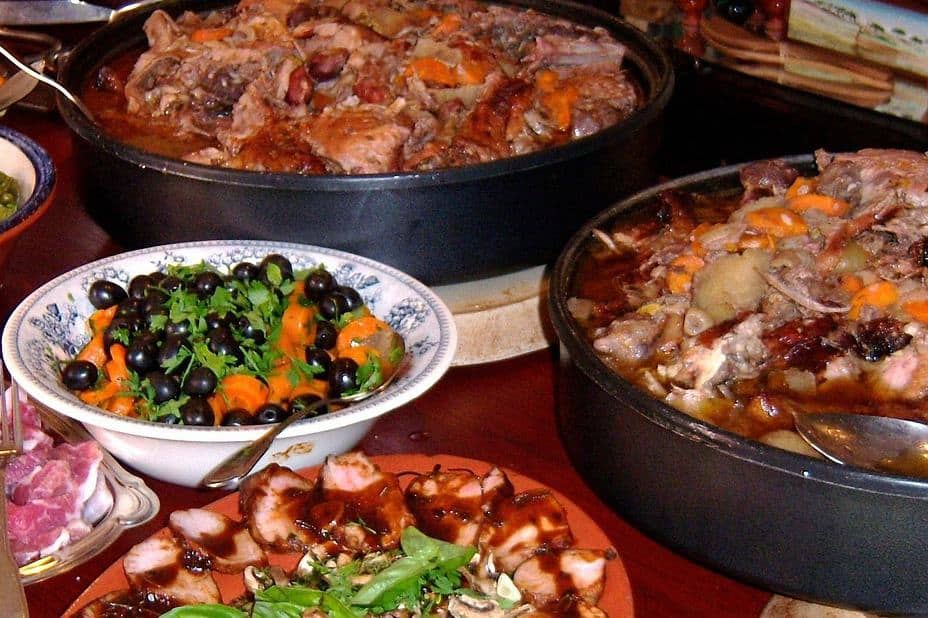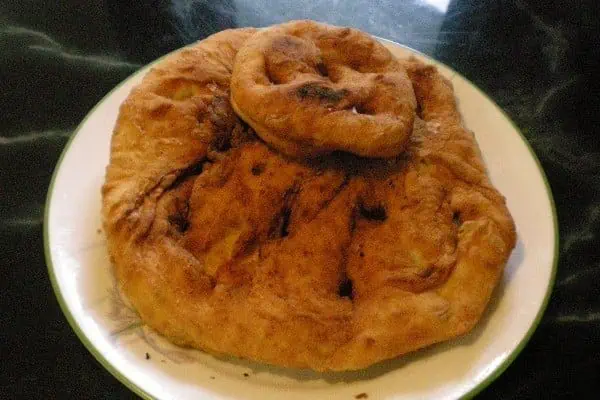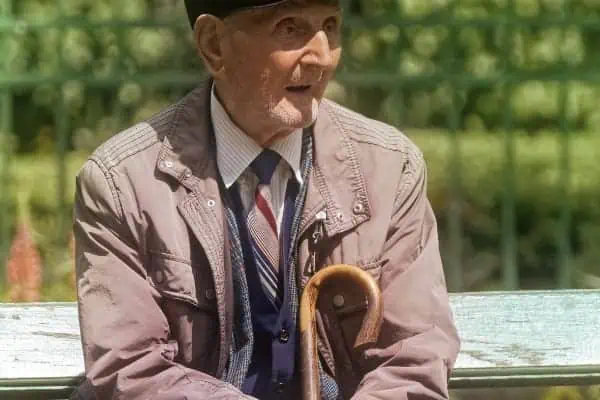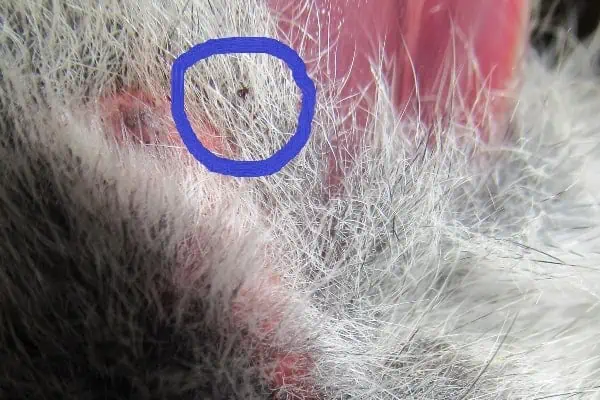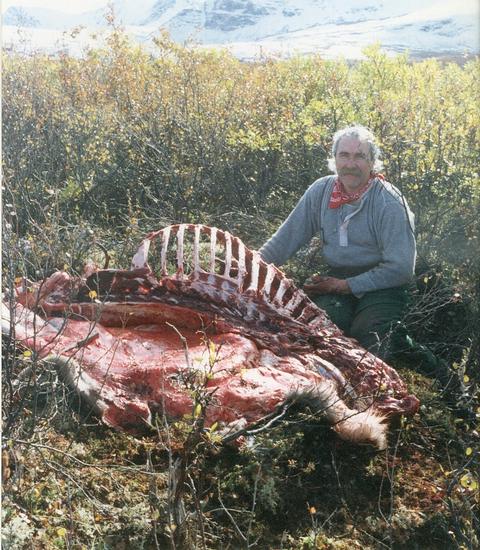
I suppose by now some hunter has field-dressed a large wood bison by themselves, but I’ll bet they never want to do it again.
Mature bison are very large animals, and even when they are broken down into individual parts, they might be twice as heavy as a large moose.
Bison are processed exactly the same way as a moose or other game animal, and proper field techniques will enhance the flavour and quality of the meat. Teamwork is the key to success, and it also allows for the sharing of 600 to 800 pounds of meat.
Even in extreme cold, avoid a too-long photo session or any other lengthy delay in starting to dress out the animal. The bison is a well-insulated, warm-blooded animal and that body heat needs to escape ASAP or meat spoilage will be the result. Delays also use the precious daylight available.
If you have enough help, the bison can be rolled onto it’s back to simplify removing the hide from both sides at once.
The hide is very thick, tough to cut, and the hair is full of sand, so the hide removal is still very tough with good knives. It’s essential to be equipped with extra knives, ensuring they are sharp, and bringing along a sharpening device.
Hand holds or roping points can be cut into the edge of the hide to assist in the removal. If the hide is to be kept for tanning or mounting, leave the hide attached to the head when it is removed. A hide with the head attached weighs about 500 lbs, which is a complete load for a snowmobile skimmer.
There are two approaches to the rest of the process: one is to remove the guts and cut it into four extremely heavy butcher’s quarters. The other, more common approach, is to roll the carcass on it’s side and leave the viscera in place, removing the front shoulder, hind leg, backstrap, ribs or rib meat, and neck slabs. The tenderloin can also be removed from the upper side.
The carcass is then rolled over exposing the intact side and the process is repeated. Doing it this way leaves behind the whole backbone from the tail to the neck.
Both of these methods are available on DVD from the Department of Environment.
Line the inside of the meat carrying skimmers with clean tarps. The field dressing will have been done in a snowy area so the chances of meat cleanliness are good if you are careful.
Back at camp, or the truck, the meat should be spread out to allow cooling and keep the heavy pieces from freezing together overnight, or in transit.
The quality and flavour of the meat will not be tainted by freezing, but it will take a number of days to get it thawed to the point where it can be processed and wrapped.
Bison meat is delicious, and like all wild game, the final product on the dining room table is much better if the animal is handled properly, with respect.

